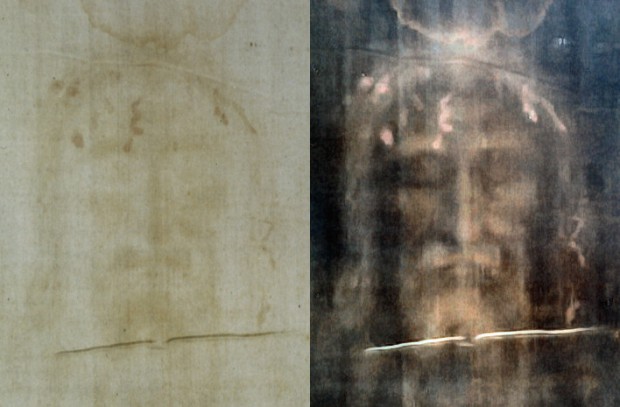Last week something rather unusual happened in the quiet Italian city of Turin.
Inside the 15-century cathedral, an ancient, stained, and burned piece of medieval linen was removed from its airtight, bulletproof case and put on display. The exhibition will last 67 days.
Last time the intensely controversial textile was brought out, in 2010, over 2.5 million people poured into the cathedral to see it. Or, more precisely, to see the images on the ivory-coloured fabric, which seem to depict faint life-size brown impressions of the front and back of a man.
The details of the sepia images are rather indistinct, and it was only in 1898, when a lawyer named Secondo Pia photographed the cloth, that the world was able to see the man’s horrific injuries, which showed up extraordinarily clearly on Pia’s photographic negatives.
The Catholic Church has made no miraculous claims for the object. Pope John Paul II called it ‘a mirror of the Gospel’, while Popes Benedict XVI and Francis have described it as ‘an icon’.
So, from a historical and scientific perspective: what is the shroud — and what isn’t it?
The history of the long sheet falls into two categories: what is known, and what people have speculated.

Britain’s best politics newsletters
You get two free articles each week when you sign up to The Spectator’s emails.
Already a subscriber? Log in






Comments
Join the debate for just £1 a month
Be part of the conversation with other Spectator readers by getting your first three months for £3.
UNLOCK ACCESS Just £1 a monthAlready a subscriber? Log in